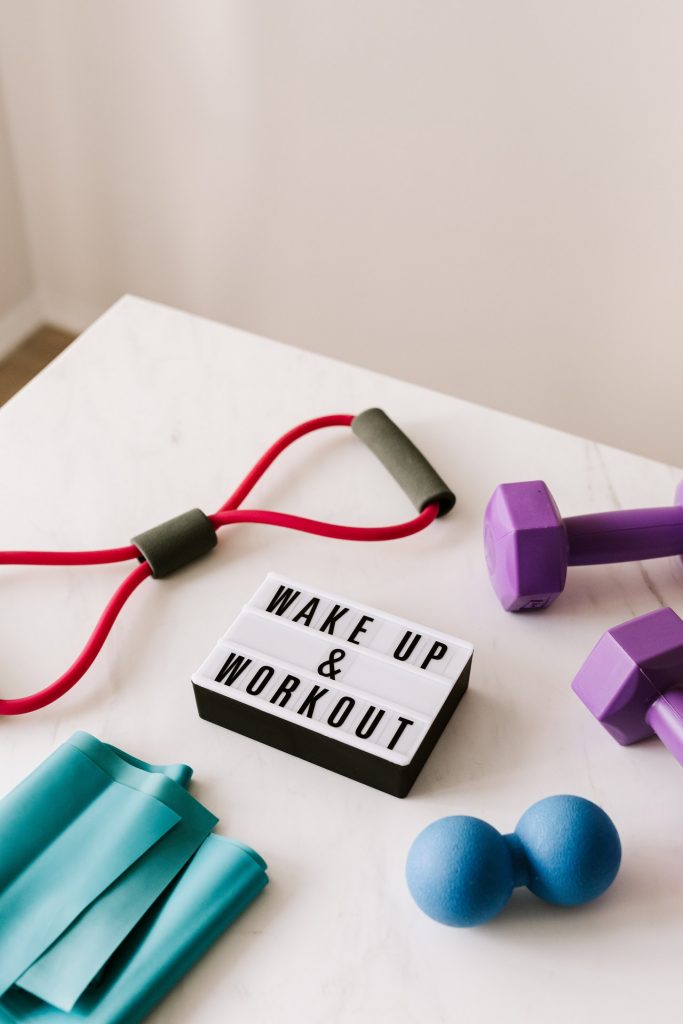Maintaining what counts – Daily equipment care
Each part of the amplification system needs to be cared for and properly maintained. Hearing aid care and maintenance should be discussed during the fitting appointment. Usually the audiologist will provide a hearing aid care kit for your child along with the hearing aids. These kits consist of accessories which can extend a hearing aid’s life expectancy and provide for long-term trouble-free functioning.
Earmolds
During the first two years babies will need many new ear molds to keep up with their rapid growth. Later, a three or four year-old might keep the same earmolds for as long as one year. Earmolds may become loose over time and cause feedback, so it is important to check regularly that the earmold has a snug fit and to have new ear molds made, if they are loose.
Lubricants
These products are specially made for use with hearing instruments and are a great help when earmolds are either loose or too tight. Please note that petroleum jelly is not a suitable substitute since it has a tendency to grow bacteria
Batteries
Button batteries power the hearing instruments. The estimated battery life for a button battery varies with each device and its power needs. Estimated battery life is available from your audiologist for each hearing instrument but the use of a battery tester will enable you to check that the batteries are working every day. Despite your best efforts, batteries may lose their charge during the course of the day. Remember to keep extra batteries with you when you are away from home.
All batteries should be stored in a dry place and away from children. FM transmitters and receivers may use rechargeable batteries. The manufacturer has recommendations for charging each device. Follow local environmental guidelines for the safe, responsible disposal of batteries
Hearing instruments and FM devices
FM devices and hearing instruments are cared for in the same manner as other sensitive electronic devices. They should not be exposed to extreme temperatures or extreme moisture or humidity. In humid climates, or when worn by babies who perspire easily, the use of a hearing instrument drying unit can be very beneficial. These drying units are either passive storage compartments or electrical driers specifically designed for hearing instruments. For best results, the drying unit should be used every day. Regardless of the type of drying unit used, the hearing instrument batteries should be removed during the drying process. If the hearing instrument goes for an unexpected swim, the best course of action is to remove the battery and place it in the drying unit immediately. In some cases,it may work again when dry.
Phonak offers a special cleaning and care kit specially designed for the parents and caregivers of young children who are wearing hearing instruments. The Junior care Kit makes sure that nothing is forgotten – and even incorporates a practical user guide.
In rare instances, if the hearing instruments are exposed to exceptionally dusty conditions, they may have to be sent in for reconditioning.
Warranties often are available for hearing instruments and FM systems. The length of the warranty varies with each make and model of a hearing instrument. Check with your audiologist to find out more.

